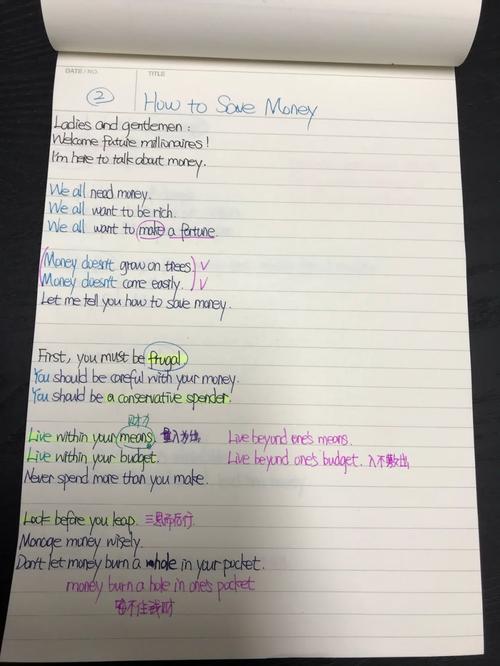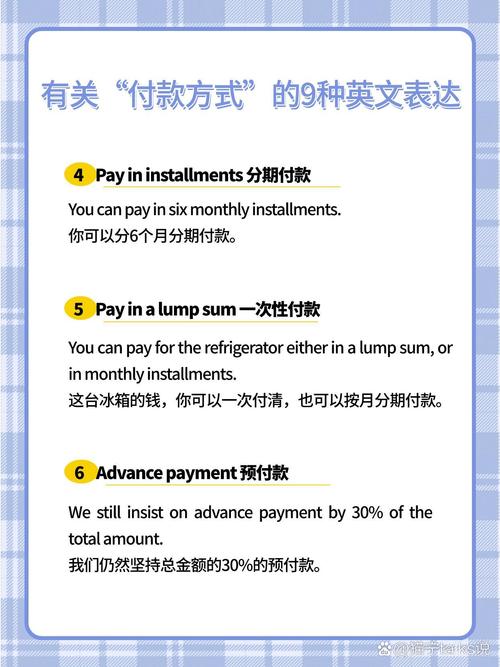How to Make Money Trading Put Options: A Detailed Guide
Trading put options can be a lucrative venture if you understand the mechanics and risks involved. Put options give you the right, but not the obligation, to sell a stock at a predetermined price within a specific time frame. Here’s a detailed guide on how to make money trading put options.
Understanding Put Options
Before diving into trading put options, it’s crucial to understand what they are. A put option is a financial contract that gives the holder the right to sell an underlying asset, such as a stock, at a specific price, known as the strike price, before the option expires.

When you purchase a put option, you are essentially betting that the price of the underlying asset will fall. If the price does fall, the put option becomes more valuable, and you can sell it for a profit. Conversely, if the price of the asset rises, the put option becomes less valuable, and you may lose the premium you paid for it.
Choosing the Right Stocks
Selecting the right stocks to trade put options on is essential. Look for stocks that have a high level of volatility, as this increases the likelihood of price fluctuations. Additionally, consider stocks with negative news or a bearish outlook, as these are more likely to decline in value.
One way to identify potential put options trades is to use technical analysis. Look for patterns such as head and shoulders, double tops, or descending triangles, which indicate a downward trend. You can also use fundamental analysis to identify stocks with poor financial performance or negative news that could drive down their prices.
Setting Your Strike Price and Expiration Date
When choosing a strike price for your put option, consider the current price of the underlying asset and the potential for price movement. A strike price that is too close to the current price may not offer much room for profit, while a strike price that is too far away may be too risky.

Similarly, selecting the expiration date is crucial. Longer expiration dates provide more time for the price of the underlying asset to move in your favor, but they also come with higher premiums. Shorter expiration dates have lower premiums but require a more rapid price decline to be profitable.
Understanding Premiums and Risks
Put options have premiums, which are the prices you pay to purchase the options. The premium is influenced by several factors, including the current price of the underlying asset, the strike price, the time until expiration, and the volatility of the asset.
It’s important to understand the risks associated with trading put options. The most significant risk is that the price of the underlying asset may not decline as expected, resulting in a loss of the premium paid. Additionally, time decay can erode the value of your put options, making them less valuable as the expiration date approaches.
Strategies for Trading Put Options
There are several strategies you can use to trade put options, each with its own advantages and risks:
| Strategy | Description | Advantages | Risks |
|---|---|---|---|
| Long Put | Purchasing a put option with the expectation that the price of the underlying asset will fall. | Profit potential if the price of the asset falls significantly. | Loss of the premium paid if the price of the asset does not fall. |
| Put Spread | Purchasing a put option at a lower strike price and selling a put option at a higher strike price. | Reduced risk and potential for profit if the price of the asset remains stable or falls slightly. | Loss of the difference between the premiums if the price of the asset rises significantly. |
| Collar Strategy | Purchasing a put option and selling a call option on the same underlying asset. | Protects against significant losses while allowing for potential gains if the price of the asset remains stable or rises slightly. | Higher premiums and potential for reduced gains if the price of the asset falls significantly. |
Monitoring Your Trades
Once you’ve entered a put option trade, it’s essential to monitor it closely. Keep an eye on the price of the underlying

